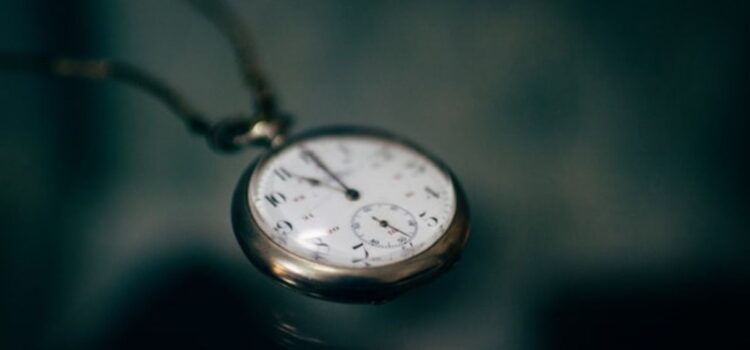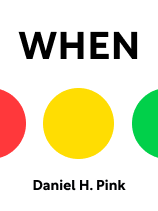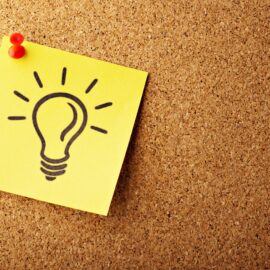

This article is an excerpt from the Shortform book guide to "When" by Daniel H. Pink. Shortform has the world's best summaries and analyses of books you should be reading.
Like this article? Sign up for a free trial here.
What is a chronotype? What are the key factors that determine your chronotype?
Your chronotype is the expression of your circadian rhythm. In his book When: The Scientific Secrets of Perfect Timing, Daniel Pink outlines three common chronotypes: larks, owls, and third birds.
Learn about the characteristics of the three chronotypes and how to use your chronotype to your advantage.
Your Chronotype
What is a chronotype? Your chronotype impacts when you wake and sleep and when you’re most alert.
In his book When, Daniel Pink explains that our chronotypes are influenced by several variables, including genetics, season of birth, age, and sex, and are therefore largely out of our control. He distinguishes between three chronotypes:
- Morning Types (referred to as “larks”) tend to rise early. They hit their crest mid-morning, their slump mid-afternoon, and their recovery in the early evening.
- Night Types (referred to as “owls”) are the opposite. They’re most alert at night, lag in the morning, then gain momentum in the afternoon.
- Intermediate Types (referred to as “third birds”) are the most common, and their ideal schedule falls somewhere in between the first two categories.
| Can You Learn to Be a Morning Person? Some people argue that you can train yourself to become a morning person by changing up your routines. For example, one former night owl recommends starting to wind down a few hours before your normal bedtime, minimizing your screen time to limit the impact of blue light, and letting yourself get bored in the hours before you go to sleep. Then, in the morning, get outside right away to expose yourself to sunlight. However, according to the Sleep Foundation, while circadian rhythms can be altered by changing your schedule, individual chronotypes remain largely unchanged. Regardless of how you change your individual sleep schedule, there will always be a daily rhythm to which your body is naturally inclined. |
According to Pink, knowing your chronotype will give you greater insight into your own daily rhythm (crest, slump, and recovery) and allow you to be more strategic about how you use your time. After learning more about your chronotype, Pink recommends adjusting your schedule accordingly. You can learn more about your chronotype here.
(Shortform note: While Pink uses the Morningness-Eveningness Questionnaire (MEQ) to distinguish between three different chronotypes—larks, owls, and third birds—other models break chronotypes into different categories. For example, psychologist Michael Breus, known as the “sleep doctor,” outlines four potential chronotypes based on animal characteristics, while a different study identified six possible chronotypes. Despite these differences, the theory underlying each chronotype model is the same.)
To take full advantage of your innate chronotype, Pink recommends scheduling tasks based on the time when you’re most equipped to tackle them. Because chronotypes impact our mood, energy, and cognitive ability, we’re better-suited to different tasks at different times of day. Pink recommends protecting your “crest period” for important work, and saving more mundane, repetitive, or surface level-tasks for the midday slump.
For example, if you’re a morning type, Pink recommends focusing on deep analytical work first thing in the morning, answering emails in the early afternoon, and saving creative work for your recovery period. However, if you’re an evening type, it makes more sense to postpone your deep thinking until the evening when you hit your peak focus period. (Shortform note: Knowing your chronotype can help you predict times that you’ll be most focused, but you can also use other tools to maximize your productivity. RescueTime is an app recommended by productivity experts that can help you identify and maximize your periods of greatest focus.)
Pink also recommends that, regardless of when your slump occurs, you can mitigate the decreased focus and productivity of the slump by using it as an opportunity to pause—whether that be through a restorative break, a real (non-working) lunch, or a well-timed nap. (Shortform note: Pink recommends using the afternoon slump as a prime opportunity for a break, but a study found that taking breaks in the late morning led to greater productivity. Researchers hypothesized that by the time the afternoon break rolled around, people’s energy levels were already past the point of recovery. They recommended taking breaks earlier in the day to reset your focus before your mental energy is completely taxed.)

———End of Preview———
Like what you just read? Read the rest of the world's best book summary and analysis of Daniel H. Pink's "When" at Shortform.
Here's what you'll find in our full When summary:
- How our daily lives and experiences follow predictable patterns
- How to harness this daily rhythm to work and live more intentionally
- Why the middle of an experience is the hardest part






